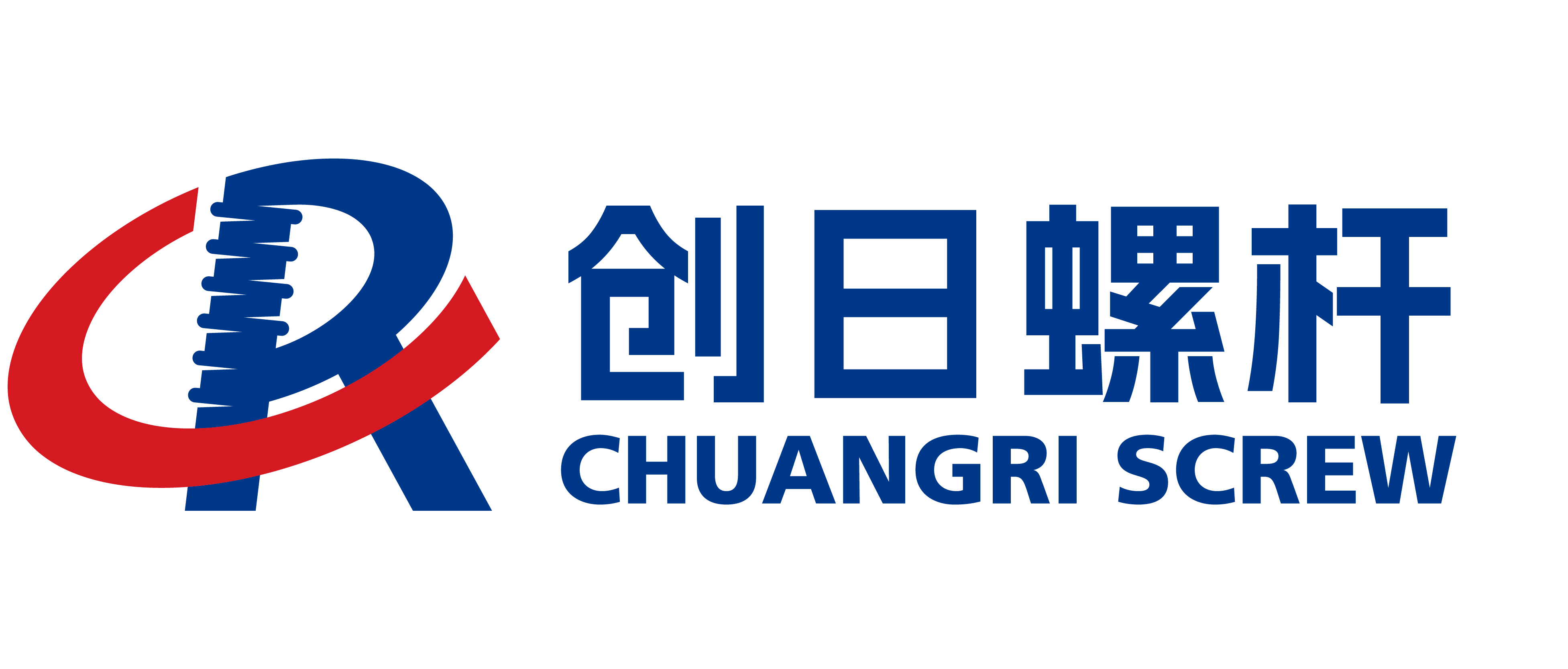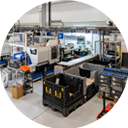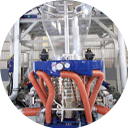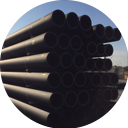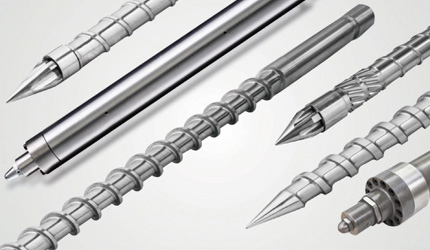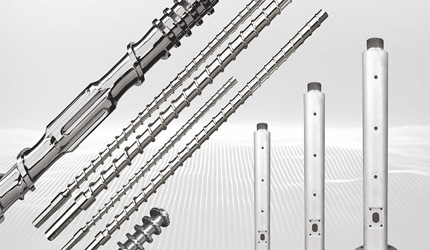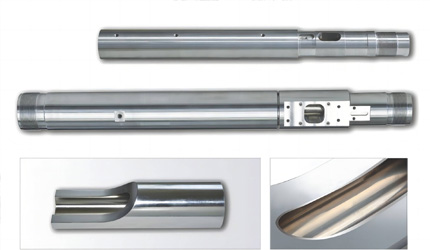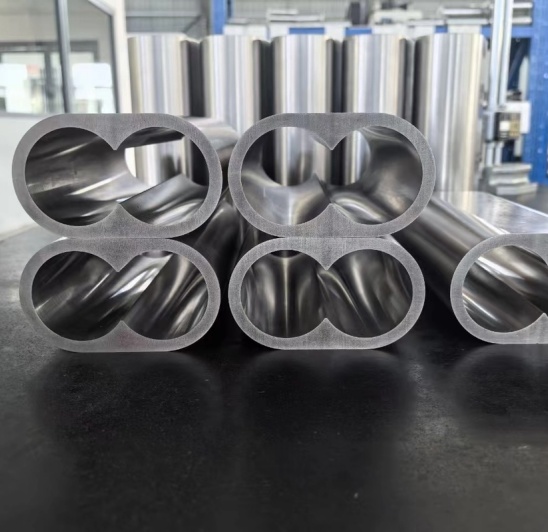How to Accurately Measure Screw and Barrel Wear Tolerances: A Comprehensive Guide
How to Accurately Measure Screw and Barrel Wear Tolerances: A Comprehensive Guide
In the fast-paced world of manufacturing, closely checking screw and barrel wear tolerances is crucial for keeping equipment working well, ensuring reliable product quality, and avoiding sudden delays. Whether you operate in plastic extrusion or injection molding, learning how to monitor and handle wear is key to making equipment last longer and keeping production steady. This guide explains why tracking wear is important, describes new measurement tools, and shows how CHUANGRI SCREW’s sturdy solutions can extend equipment life, lower repair costs, and support green practices.
The Role of Precision in Extrusion and Injection Molding
Screws and barrels are vital parts of extrusion and injection molding. They move and melt materials, like plastics, while keeping pressure, temperature, and flow steady. Over time, heat and friction cause wear. This can harm product quality and slow work. To keep equipment running well and prevent costly stops, manufacturers must check wear often and carefully. If ignored, worn parts can cause uneven material processing. This leads to lower output and poor products. So, careful measurement is key to keeping machinery running smoothly over its life.
Environmental Considerations: The Need for Sustainable Manufacturing Practices
As industries face more calls for eco-friendly methods, green manufacturing is a growing focus. In plastic processing, checking screw and barrel wear helps meet this goal. Careful checks cut material waste, improve energy use, and make equipment last longer. These steps lead to greener operations. At CHUANGRI SCREW, we care about eco-conscious practices. Our strong products, like the Bimetallic SKD Liner Barrel, improve performance while reducing waste and energy use, supporting green goals.
Impact of Wear on Production Efficiency and Quality Control
Wear on screws and barrels affects output and product reliability. When parts wear out, problems arise:
- Lower Output: Worn parts struggle to keep up production levels. This slows work and hurts efficiency, disrupting plans.
- Unreliable Product Quality: Wear causes uneven material flow. This affects melt quality, leading to faulty products and lower standards.
To avoid these issues, manufacturers must track wear actively. Fixing or replacing parts before they fail is vital. Careful tolerance checks allow timely repairs, keeping operations steady.
Key Indicators That Your Screw or Barrel Is Worn Out
Noticing early signs of wear helps manufacturers fix issues before they grow. Common signs include:
Production Losses and Decreased Output
When screws or barrels wear, the output may drop even if conditions stay the same. This shows parts can no longer handle their full capacity, hurting efficiency.
Unreliable Material Flow and Temperature
Worn parts fail to keep the pressure steady. This causes shifts in material flow and melting temperature. These changes harm product quality and uniformity.
Strange Noise or Shaking
Odd sounds or vibrations from equipment often point to wear. As parts wear down, they may run unevenly. This causes imbalances that worsen if not fixed.
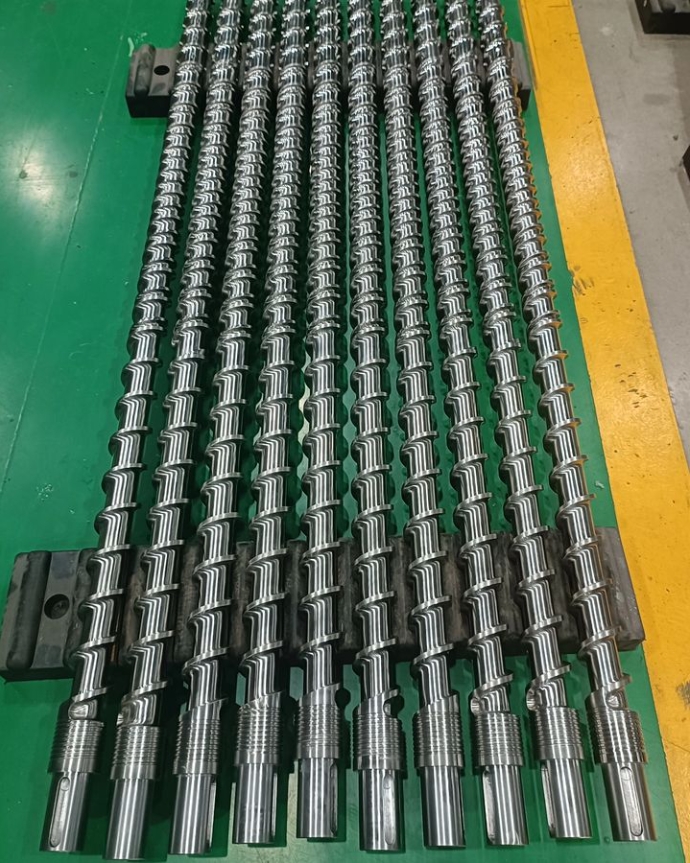
Advanced Screw Wear Measurement Techniques: Embracing Innovation
New tools have brought dependable ways to measure screw and barrel wear. These methods give clear data and high accuracy, helping manufacturers stop problems early.
Leveraging Smart Sensors for Accurate Wear Detection
Smart sensors have changed manufacturing. They track screw and barrel conditions all the time. These devices spot small wear and warn operators early. This allows quick fixes, cutting downtime. Sensors improve reliability and make equipment last longer.
3D Scanning and Laser Technologies for Precision Monitoring
3D scanning and laser tools give exact wear measurements. They capture detailed surface data, showing wear not visible otherwise. CHUANGRI SCREW focuses on precision. Our High-Speed Blown Film Screw, for example, is tested with advanced scanning tools. This ensures it meets tight standards for reliable performance.
Go/No-Go Gauges and Automated Solutions
Go/No-Go gauges offer a simple way to check if screws are within acceptable limits. When used with automated systems, these tools boost accuracy and cut errors. Such methods make inspections faster and more dependable.
How to Measure Barrel Tolerances with Precision
Barrel wear often goes unnoticed until it causes big problems. Yet, careful barrel checks are as important as screw monitoring. Wear in barrels can disrupt the material flow, leading to poor melt quality and uneven plasticizing. Regular checks are vital to keep performance strong.
Using IoT Solutions for Real-Time Monitoring and Reporting
IoT-based systems track barrel conditions in real-time. They provide clear reports on wear. Operators can follow progress and plan fixes or replacements. CHUANGRI SCREW uses IoT technology in its processes. Our Nitrided Injection Molding Screw is built to handle tough conditions while staying accurate.
The Role of Automated Inspection Systems
Automated systems use advanced imaging to check barrel integrity. These tools measure tolerances carefully and spot wear. They ensure parts stay within required limits throughout their life, improving efficiency and reliability.
Industry Standards and Wear Limits: What Has Changed
As manufacturing tools improve, standards for screw and barrel wear tolerances change. With more use of high-performance and recycled materials, guidelines are now stricter. These ensure equipment can handle tough materials like recycled plastics.
New Tolerance Guidelines for Highly Functional and Recycled Materials
Recycling brings new challenges. Processing recycled plastics needs strong parts that resist unique material traits. Updated guidelines meet these needs, ensuring durability and performance. CHUANGRI SCREW’s Blown Film Machine Barrel & Screw is designed for such materials. It offers great wear resistance and steady output.
What Modern Standards Mean for Sustainability
Stricter standards support green manufacturing. Strong materials and careful tolerances cut waste and make equipment last longer. This lowers costs and promotes energy-saving production, aligning with global eco-friendly goals.
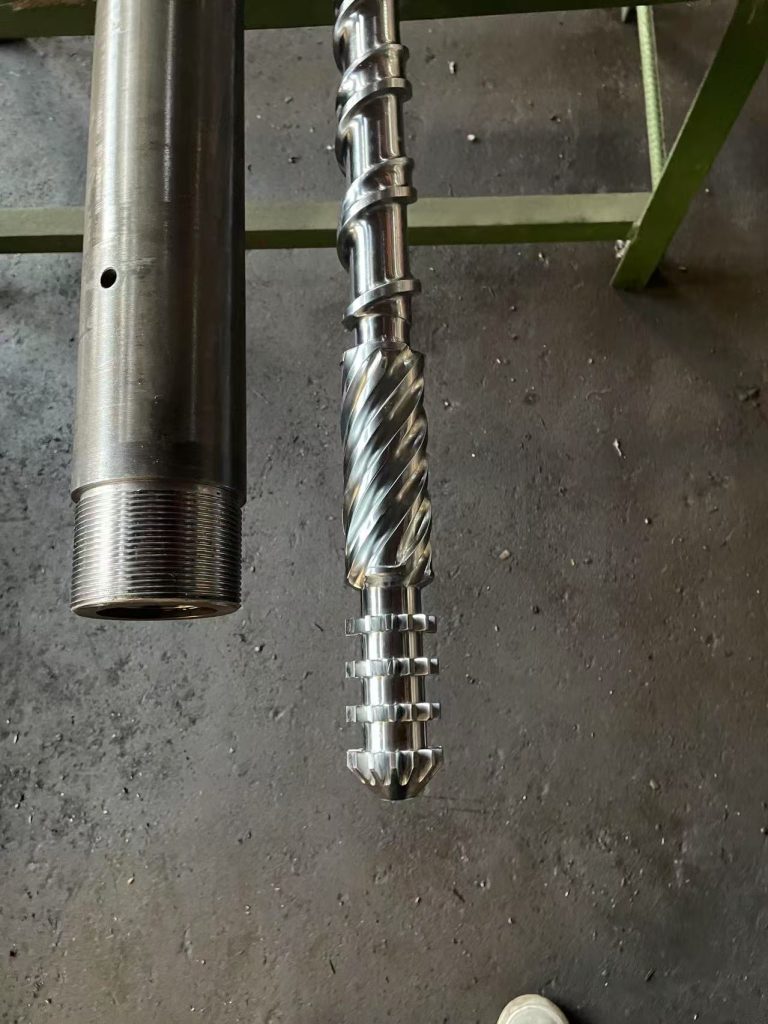
CHUANGRI SCREW’s Expertise in Precision Screw and Barrel Manufacturing
At CHUANGRI SCREW, we offer a wide range of screw and barrel solutions for modern manufacturing needs. With over 30 years of experience, our products are trusted for their reliability, precision, and strength. Our offerings, like the Injection Molding screws, and Extrusion Screws and Barrel, provide top wear resistance and high output. They ensure smooth production, even with abrasive materials.
FAQ
Q: How often should screw and barrel tolerances be checked?
A: Check tolerances every three to six months. The schedule depends on production volume and material type. Regular checks prevent sudden issues.
Q: What’s the maximum wear limit before performance is compromised?
A: Wear limits are typically 10-15% of the original screw diameter. Beyond this, output and material quality may drop sharply.
Q: Can worn screws be repaired instead of replaced?
A: Yes, CHUANGRI SCREW offers repair services, like resurfacing and recoating. These restore screw performance and extend their use.
Q: What tools do I need for DIY wear measurements?
A: Use precision calipers, bore gauges, or Go/No-Go gauges for basic checks. For better accuracy, 3D scanning or laser tools are advised.
Q: How does CHUANGRI SCREW ensure precision in wear-resistant screw manufacturing?
A: We use strong materials, like bimetallic coatings and nitriding, with advanced manufacturing methods. This ensures our screws and barrels meet high standards for precision and strength.
